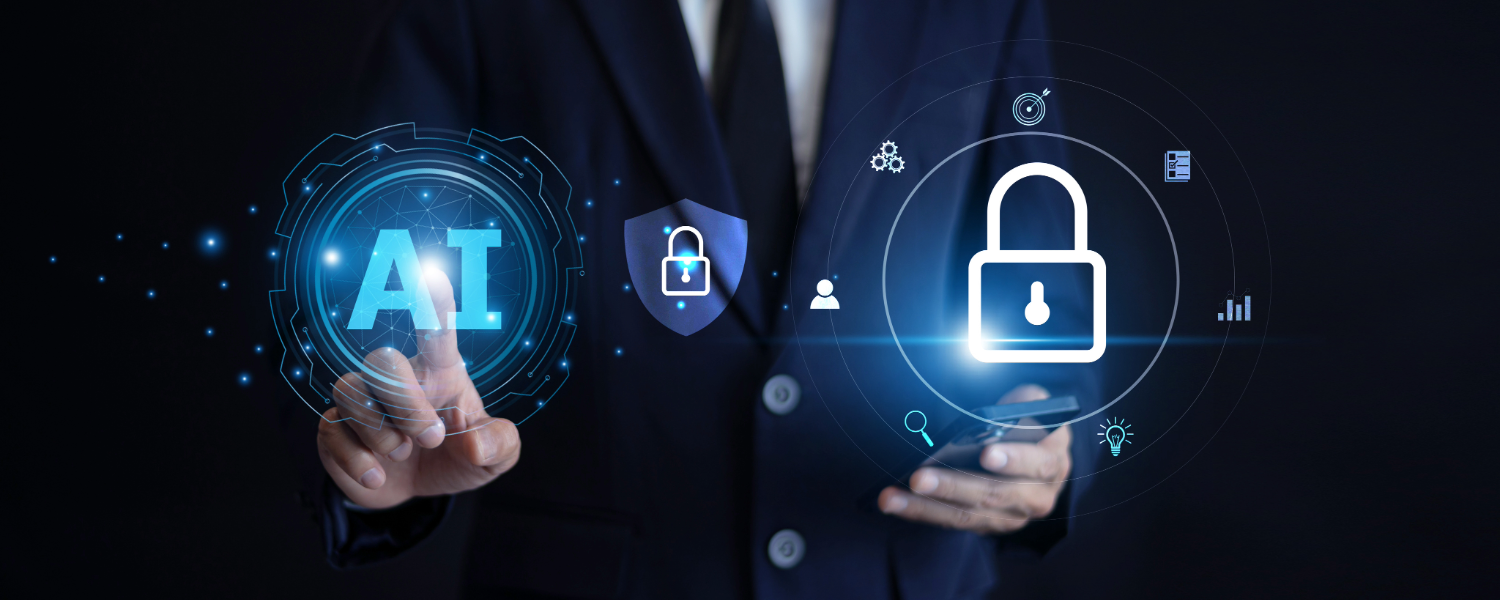AI and Data Privacy Concerns for Human Rights Defenders
As Artificial Intelligence (AI) becomes increasingly integrated into the work of Human Rights Defenders (HRDs), the intersection of AI and data privacy raises significant concerns. While AI tools can enhance monitoring, reporting, and advocacy efforts, they also pose risks to individuals’ rights and freedoms, particularly when handling sensitive information. This article addresses the challenges HRDs face regarding data privacy in their use of AI and offers strategies to protect sensitive information while respecting individuals’ rights.
Challenges in Data Privacy with AI
- Sensitive Data Handling: HRDs often deal with sensitive information relating to human rights violations, personal testimonies, and vulnerable populations. The use of AI tools that require large datasets can inadvertently expose this information, potentially putting individuals at risk.
- Data Collection and Consent: Gathering data is a fundamental part of HRD work. However, obtaining informed consent from individuals whose data is being collected can be complicated, especially in contexts where individuals may fear repercussions for sharing their experiences.
- Algorithmic Transparency: Many AI systems function as “black boxes,” making it difficult for HRDs to understand how decisions are made or how data is processed. This lack of transparency can erode trust and raise ethical concerns when using AI to analyze or report on human rights issues.
- Cybersecurity Threats: The reliance on digital systems to store and process data increases vulnerability to cyberattacks. HRDs must be vigilant about securing their tools against breaches that could compromise sensitive information.
Protecting Sensitive Information: Strategies for HRDs
- Implement Robust Data Protection Protocols: HRDs should prioritize data security by implementing comprehensive data protection protocols. This includes using secure storage solutions, encrypting sensitive information, and employing access controls to ensure that only authorized personnel can access data.
- Use Anonymization Techniques: Whenever possible, HRDs should anonymize data by removing personally identifiable information (PII). Techniques such as data masking, aggregation, and pseudonymization can help protect individuals’ identities while still allowing for valuable analysis.
- Conduct Privacy Impact Assessments (PIAs): Before implementing AI tools, HRDs should conduct Privacy Impact Assessments to identify potential data privacy risks. This proactive approach allows organizations to foresee challenges and develop strategies to mitigate them effectively.
- Prioritize Informed Consent: HRDs must prioritize obtaining informed consent from individuals before collecting their data. This involves clearly communicating how the data will be used, the purpose of its collection, and the potential risks involved. Creating an environment where individuals feel safe sharing their experiences is crucial.
- Foster Transparency in AI Systems: When using AI tools, HRDs should advocate for transparency in algorithmic processes. Engaging with developers and seeking detailed explanations of AI system functionalities can help HRDs understand how data is managed and the implications of AI-driven decisions.
- Enhance Cybersecurity Measures: HRDs should adopt rigorous cybersecurity practices to protect sensitive information. This includes using firewalls, secure communication channels, regular software updates, and training staff on identifying phishing schemes and cyber threats.
- Engage with Legal and Ethical Frameworks: Staying informed about existing legal frameworks that safeguard data privacy and human rights is essential. HRDs should advocate for compliance with local and international laws governing data protection while promoting ethical standards in AI usage.
- Collaborate with Data Protection Experts: Partnering with data protection specialists can provide HRDs with valuable insights into best practices for data management and privacy compliance. This collaboration can enhance their capacity to responsibly use AI technologies in their work.
Conclusion
While AI has significant potential to enhance the efforts of Human Rights Defenders, the associated data privacy concerns cannot be overlooked. By implementing proactive strategies to protect sensitive information and respecting individuals’ rights, HRDs can effectively harness AI’s power while maintaining ethical integrity. Engaging with the challenges of data privacy allows HRDs to navigate the complexities of modern advocacy, ensuring that their mission to protect human rights does not compromise the very rights they seek to defend. In doing so, they can empower communities and foster a safer, more equitable world.



